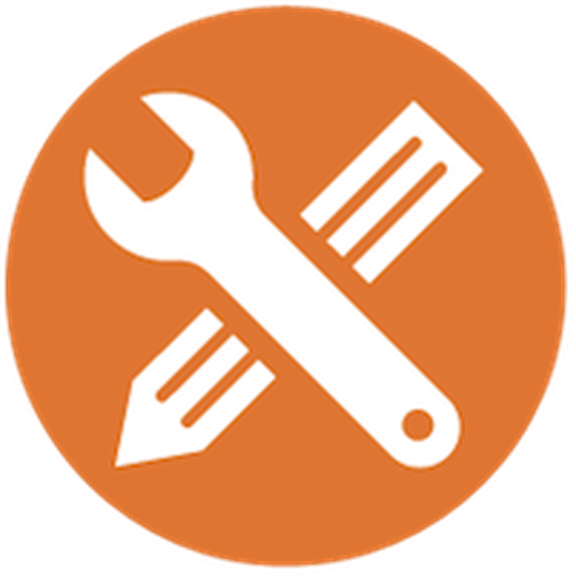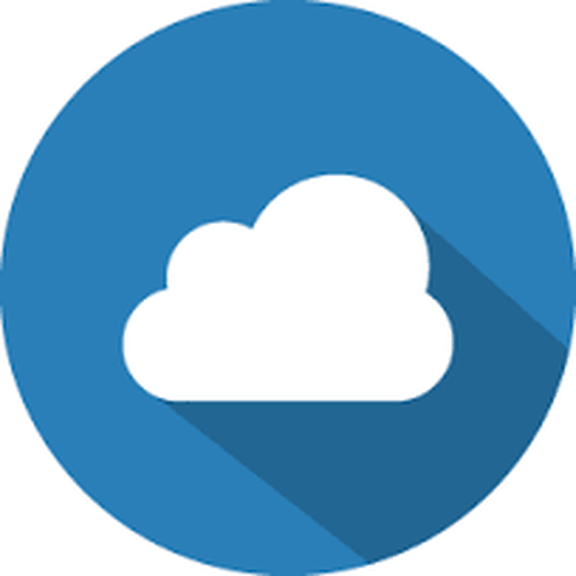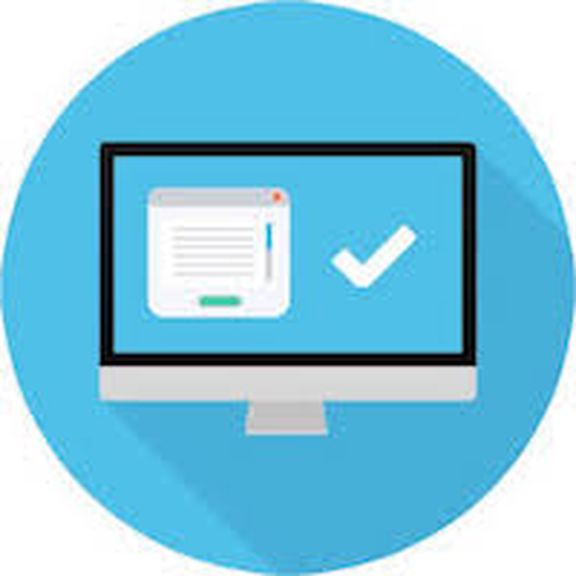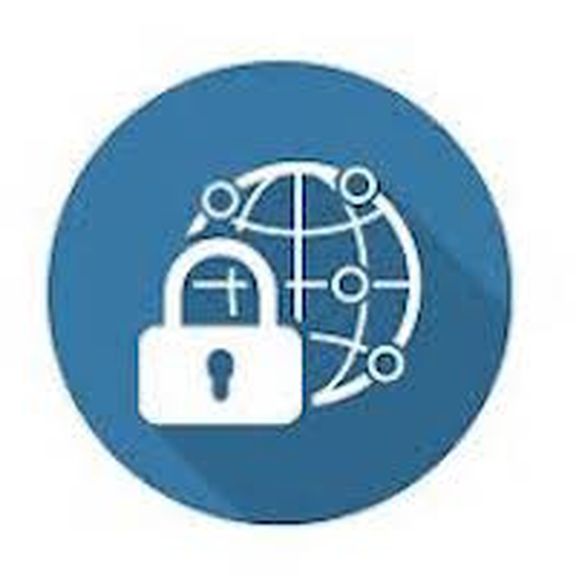
In the digital economy, your customers need to deliver compelling, increasingly innovative user experiences. To meet this charter, it will be incumbent upon businesses to establish a modern software factory. As outlined in a previous post, those service providers that effectively support businesses in achieving this objective will be well positioned for market growth in the digital economy.
To help our service provider partners address customers’ evolving requirements, we’ve been undertaking whitespace analyses. Through these analyses, we’ve been taking an extensive look at a number of MSP websites and assessing how they match up with emerging customer requirements. We then provide tailored reports, outlining how these companies’ current service offerings match up against their customers’ evolving needs. In our prior post, we looked at some of the key factors that distinguish top MSP websites.
Through these analyses, we’ve been seeing an evolution in the way services are marketed and packaged. We’re increasingly seeing services oriented toward modernization, digital transformation and enabling a modern software factory. These changes appear to be well aligned with shifting customer priorities. This article offers a summary of our findings from our assessments of service providers’ mix of offerings. The following sections uncover the most promising strategies for service providers looking to align their service catalogs with modern customer requirements. For more details on the service opportunities that are emerging in the digital economy, you can download our white paper, “A Comprehensive Guide to Managed Services in the Digital Economy: Findings From Our MSP Whitespace Assessments.”
Whitespace Analyses: Key Takeaways and Guidance for MSPs

Given the uniqueness of services and models in play, there clearly isn’t a single direction that would make sense for all service providers. However, we do see service providers needing to align with some top-level objectives:
- Moving up the stack from infrastructure toward delivering higher level, app-centric offerings.
- Evolving from traditional services to app economy-focused offerings.
- Shifting from a focus on internal business operations to a focus on external digital engagement. The following section offers more detail on this key trend.
Internal operations and external digital customer engagement

In today’s competitive marketplace, your customers are doing battles on two key fronts: maximizing productivity and agility of their internal business operations and maximizing the quality of their digital interactions with customers. Service providers can deliver a wide range of services that help customers advance these objectives.
Both of these battles are fundamental to succeeding in the digital economy. For the most part, we’re seeing that internal, operationally focused categories tend to be very well addressed, with many service providers focused in these areas. On the other hand, there tends to be little coverage in support of digital customer interactions. Further, it is this effort to deliver differentiated, rewarding digital experiences to customers that will truly determine who wins and who loses in the marketplace. By helping clients enhance their digital interactions with customers, service providers can deliver significant value, address an urgent demand and gain differentiation in their markets.
Whitespace Analyses: Opportunities to Address Emerging Needs
In the following sections, we examine some of the most important takeaways from our analyses. We examine high-level service categories, and for each, look at current service offerings and where some of the most compelling opportunities exist for service expansion. At a high level, we break these services into two key categories: traditional and application economy. In categorizing these service areas, we’ve looked at application economy-related services as those that enable or support modern business objectives, such as delivering optimized business operations or supporting digital customer interactions.
Infrastructure

While IT infrastructure has always been foundational, its importance only continues to grow. That remains true, even as the way we define infrastructure continues to evolve. For most organizations, the trick will be to establish an evolving mix of the traditional and the modern. Modern models and technologies can include cloud services, flash-based storage, hyper-converged platforms and software-defined infrastructure (whether computing, networking or storage).
Modern infrastructure approaches will increasingly be key to ensuring organizations can successfully transform their infrastructures and establish the operational optimization, performance and security required. These approaches will also be essential in delivering the customer-centric innovations required. Service providers can move up in the computing stack and in the value chain by delivering service offerings that support the implementation, administration or optimization of these modern models and technologies. Services in the application economy arena can cover a range of categories, including analytics and big data, cloud services, mobility, software-defined networking and digital transformation and IoT.
Cloud

In our years of working with service providers, we’ve seen a lot of changes. The evolution that’s taken place relating to the cloud is one of the areas in which this change has been most substantial. In our discussions with service providers in years past, we were hearing a lot of people voicing concerns around what the cloud may mean for their sales and business models. Today, that picture has changed dramatically. In our analysis over the past few months, pretty much all the service providers we’ve looked at have some form of cloud offering, and many have strong coverage across a number of areas.
In the cloud arena, a number of services fall into the traditional category. Often, these are traditional remote services that have gradually evolved into cloud-based offerings. This can include cloud-based backup and disaster recovery, cloud storage and cloud hosting.
In the app economy side of the cloud category, the most common plays are focused on supporting clients’ cloud adoption. Service categories include cloud monitoring, hybrid cloud, private cloud, IaaS and public cloud, desktop as a service, cloud builder and broker services and cloud migration and readiness assessments.
Application

In the application economy, it is through software that businesses understand and interact with customers. More than ever, it is the quality of applications that ultimately shape the fortunes of the business. Consequently, building better applications faster, and maximizing application performance now represent key objectives. By delivering application-centric services, MSPs can achieve strong alignment with these strategic priorities. Not surprisingly, we’re seeing a lot of businesses making moves in this area as a result.
Traditionally, those MSPs that have offered application-focused services have tended to support business productivity and collaboration applications, or business management software, such as ERP platforms from SAP. Some MSPs are starting to modernize these offerings so they more fully support business leaders’ objectives around maximizing the agility of internal operations.
As outlined above, service providers can gain strong differentiation and deliver significant value by moving beyond internal applications and introducing services that support client organizations’ digital interactions with their end customers.
Within the app economy category, we were tracking the delivery of a range of service offerings, including application development, testing and release management; application performance monitoring and user experience monitoring; application user experience design and analytics; and ongoing application management and maintenance.
Security

In the digital economy, one of the brand attributes that customers care most about is trustworthiness. If customers don’t believe their data, identity and transactions will be secure, they’ll take their business elsewhere. On the other hand, when individuals know an organization takes security and privacy seriously, they’re more likely to engage with the business, become repeat customers and promote the business to others. That’s why, as enterprise IT teams set out to build a modern software factory, one of their chief objectives will be to make security a competitive advantage.
MSPs and managed security service providers (MSSPs) can therefore capitalize on a significant opportunity by delivering robust security offerings that help customers in pursuing their emerging security objectives. Through our analyses, we’ve been seeing many examples of service providers that were modernizing or otherwise enhancing their traditional offerings to help address the evolving needs of customers in the digital economy. Within the application economy area, we were seeing services in a range of areas, including cloud security, identity and access management (IAM), privileged access management and endpoint security.
API

APIs represent the fundamental building blocks that power virtually every business transformation initiative, enabling innovation in such areas as mobile, the cloud and IoT. If organizations are to meet their innovation mandates, it will become increasingly critical to employ API management in a strategic fashion and so establish a platform that enables business transformation through software. However, many enterprises are encountering challenges as they strive to fully capitalize on the business opportunities enabled by APIs.
Consequently, enterprises will increasingly be turning to solution providers that can provide API management services and expertise. APIs were an area in which pretty much all service providers analyzed had whitespaces, or gaps, in service coverage. While large, global system integrators do offer API practices, there are a number of markets that these organizations don’t serve, leaving many opportunities for other service providers to pursue.
A range of service providers can move into the API category. Cloud providers can leverage their environments to deliver cloud-based API management platforms and optimize integrations in hybrid environments. Application-focused service providers can build on their existing services to introduce API offerings. Those service providers that offer infrastructure monitoring can build on these services to introduce API monitoring. Finally, by delivering API security services, MSSPs can help customers capitalize on the opportunities posed by APIs, while mitigating the inherent risks.
Automation

For service providers, automation represents fertile ground for not only expanded services but optimized operations. To meet their mandates to respond quickly to changing market demands and expand service offerings, it will be increasingly vital to leverage automation in order to realize the required improvements in efficiency. Through automation, service provider operations teams enhance business scalability, efficiently expand service offerings, speed order-to-cash cycles and boost margins.
In addition, automation can help power service offerings, including those that maximize internal operational agility and those that fuel more innovative digital experiences. Within the traditional category, service providers have long offered IT process automation. In the application economy category, we were seeing a number of services, including IT process automation and business process management; AI, machine learning and AIOps; and cloud orchestration. Through these offerings, service providers can facilitate the automation that can fuel enhanced digital engagements with customers.
DevOps

As outlined in prior sections, a great number of services can play instrumental roles in supporting businesses in the application economy. A significant number of the service providers we analyzed have comprehensive service portfolios that encompass many of the traditional and app economy categories detailed in this paper. Service providers can build on these comprehensive services to deliver differentiated DevOps offerings.
Through DevOps offerings, service providers can effectively deliver the modern software factory as a service and provide maximum value to their enterprise customers. By taking a methodical and strategic approach to expanding their service catalogs, service providers can position themselves as optimal long-term partners for their customers.
As discussed in prior sections, a lot of services we tracked fell into traditional operations categories, but they can ultimately support DevOps and other app economy objectives. Within the app economy category, the DevOps services we looked at largely fell into the app development category. In our whitespace analyses, we’re seeing a wide range of phases of the application development lifecycle covered, as outlined in the application section. These services include application and API development, testing and security as well as release management. In addition, these services also included advanced agile operations capabilities, such as application performance management, omni-channel user experience monitoring, artificial intelligence-powered operations and more.
Conclusion
Ready or not, many service providers will need to transform their service catalogs so their offerings are effectively aligned with emerging customer requirements, technology environments and business objectives. Today, that means helping customers pursue digital transformation and build a modern software factory. To learn more about the evolving service requirements of modern enterprises, be sure to download our white paper, “A Comprehensive Guide to Managed Services in the Digital Economy: Findings From Our MSP Whitespace Assessments.” This white paper offers an extensive look at the findings we’ve uncovered after analyses of dozens of service providers around the world. Download this white paper and get insights into the most promising strategies for service providers looking to align their service catalogs with modern customer requirements.
Ken Vanderweel is senior director of service provider solutions marketing at CA Technologies. Read more CA blogs here.




